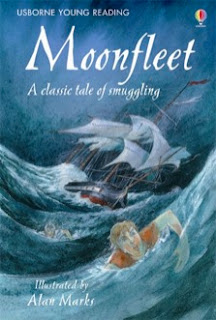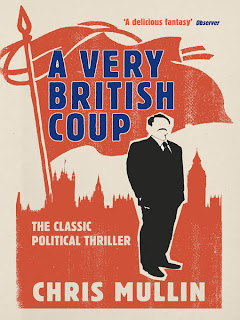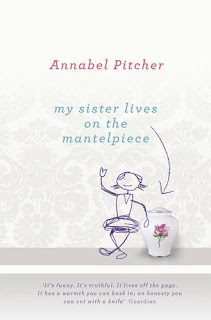The story features the young John Trenchard and describes his foray into the secret world of smuggling. Whilst not naturally crooked, circumstances contrive to lead John into a life of crime and he is soon forced to take to sea to avoid capture.
I can remember as a child being spellbound by the incredible tales set around the sea, like the famous five's smuggling adventure and that Swallows and Amazons where the children sailed out to sea by mistake. It was as if there was something about the incessant pull of the sea that attracted adventure. For a landlocked child, the sea will always represent freedom and the danger it presents only increases its appeal.
Rob Lloyd Jones has made Moonfleet accessible without attempting to update the tale. By staying true to the original the book retains an air of archaic charm, gently drawing the reader in to that period. There's enough intrigue, crime and danger to spark the interest of even reluctant young readers, although the strong moral running through the tale could offset this. Against the strong plot, the young narrator fades away somewhat, probably due to his indistinct personality and unquestioning acceptance of the bizarre situations he finds himself in. To be fair, the age of the intended audience does explain the simplification of John's character but even so, his actions and thoughts sometimes came across as wooden and illogical. This is nothing compared to the one-dimensional representation of his love interest, the ever-patient and forgiving Grace, who is barely able to speak for herself at all.
Although this tale does have charm, I thought the narrative style could have been much more engaging and the dialogue more natural. However, the illustration style felt refreshing - perhaps because I'm new to the age range - but I felt that the sketches made for intriguing character representations with hazy, hard-to-read expressions. I'm sure the smuggling theme would hold appeal for young readers and there are twists and turns enough keep competent readers interested.




